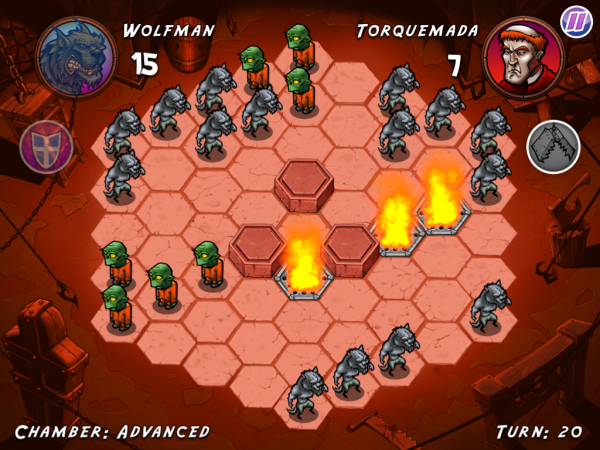

And causing motion sickness in our players wasn’t anything we wanted to even consider. So we knew we could have the Quest’s GPU render around 100 objects on the screen while keeping that frame rate, but it would begin to dip if we added any more. Fewer frames, and people might feel sick to their stomach. Why is the instruction count so limited on the Quest? We want to deliver a smooth experience for the player, and we have to deliver it at 72 fps on the Quest for you to be comfortable while playing. That’s a huge difference, but it’s one we thought we could work around with a little ingenuity.
#Zombie quest game Pc#
The PC supports around 1,000 GPU instructions while the Oculus Quest, in contrast, supports around 100 GPU instructions. We can give this a bit more meaning by comparing the instruction count for Arizona Sunshine on the PC and Quest. But we have to get the GPU talking to the screen through these instructions if you are going to see anything while you play. This instruction can be anything: draw a tree, draw a chair or even draw the smoke coming out of the gun. Nothing actually happens on the player’s screen until we send an instruction to the GPU, no matter what else is going on in the game’s code. Mutilation consists of multiple systems that all have to work together, and requires a bit of understanding about how a Graphics Processing Unit (GPU) operates. Where you aim matters, but making mutilation work on the Quest wasn’t as easy as it may sound. You can shoot off an arm, a leg, or blow the head clean off. The compromise allowed us to keep our zombies onscreen without eating up all the system’s computational power.īut Arizona Sunshine also includes a mechanic that makes shooting zombies so rewarding: Mutilation.

But it will notice a head without the correct details very quickly, and you’ll be pulled out of the experience. We were able to greatly simplify the zombie character model - while keeping it recognizable - and also making sure the heads kept as many polygons as possible.ĭoes your brain care if the arm looks like it’s perfectly rendered? Of course not. You can see the result in the image above. It’s way more detailed than the rest of the body. Right: Quest zombie, with 2,181 polygons.

So players will always get a solid look at the head while lining up their headshots. This is even more important in a zombie game, because headshots are the most effective ways to kill zombies. Humans naturally look at heads and eyes when encountering anyone, or anything, in both real life and VR, so we had to get those right. That meant spending a lot of our polygons on the head models. We decided to give the most recognizable parts of our zombies the most detail, to make sure they looked and felt as close to the original as possible. But we also had to make sure our zombies wouldn’t be too much for the Quest hardware to handle. If the zombies didn’t scare the player, the game wouldn’t work. They inhabit the world and make up the most pressing threat to the player. Zombies are one of the most important, if not the most important, aspects of the game. The work started with the most important part of any zombie game. Achieving everything that Arizona Sunshine does on Oculus Quest, while running at 72 frames per second, was always going to be a nearly impossible task, but we felt it was important to try. We were confident we could pull it off, but it would take a lot of clever optimization “magic” for the final experience to be comfortable for the player. We had a clear, simple goal: Bring Arizona Sunshine to Oculus Quest without changing what the game is or what it does so well. This effectively meant that creating an Oculus Quest version of Arizona Sunshine that played like the PC VR version was not impossible, but getting it to run smoothly would be a huge challenge. The Oculus Quest is virtual reality’s next big leap forward


 0 kommentar(er)
0 kommentar(er)
